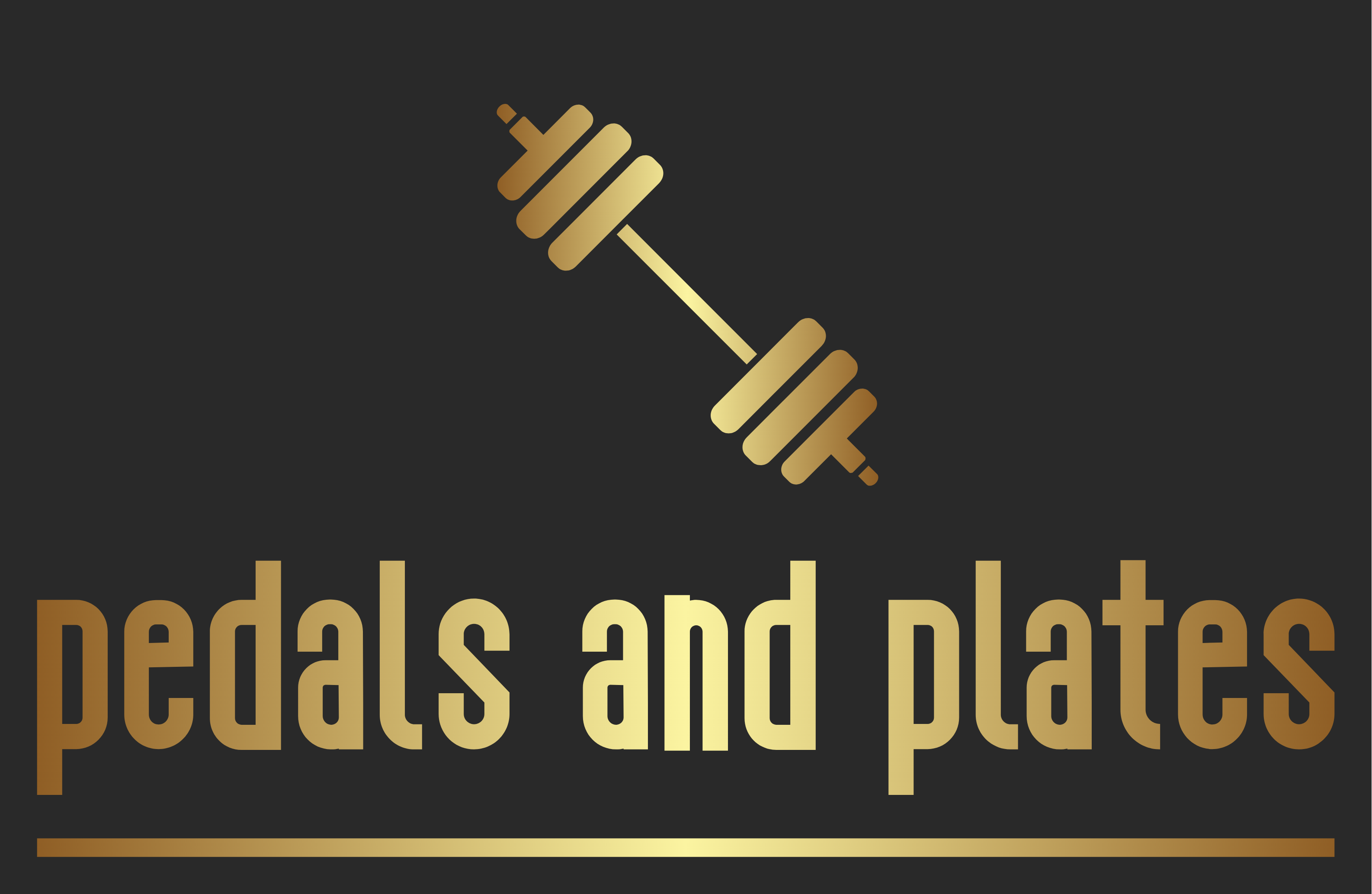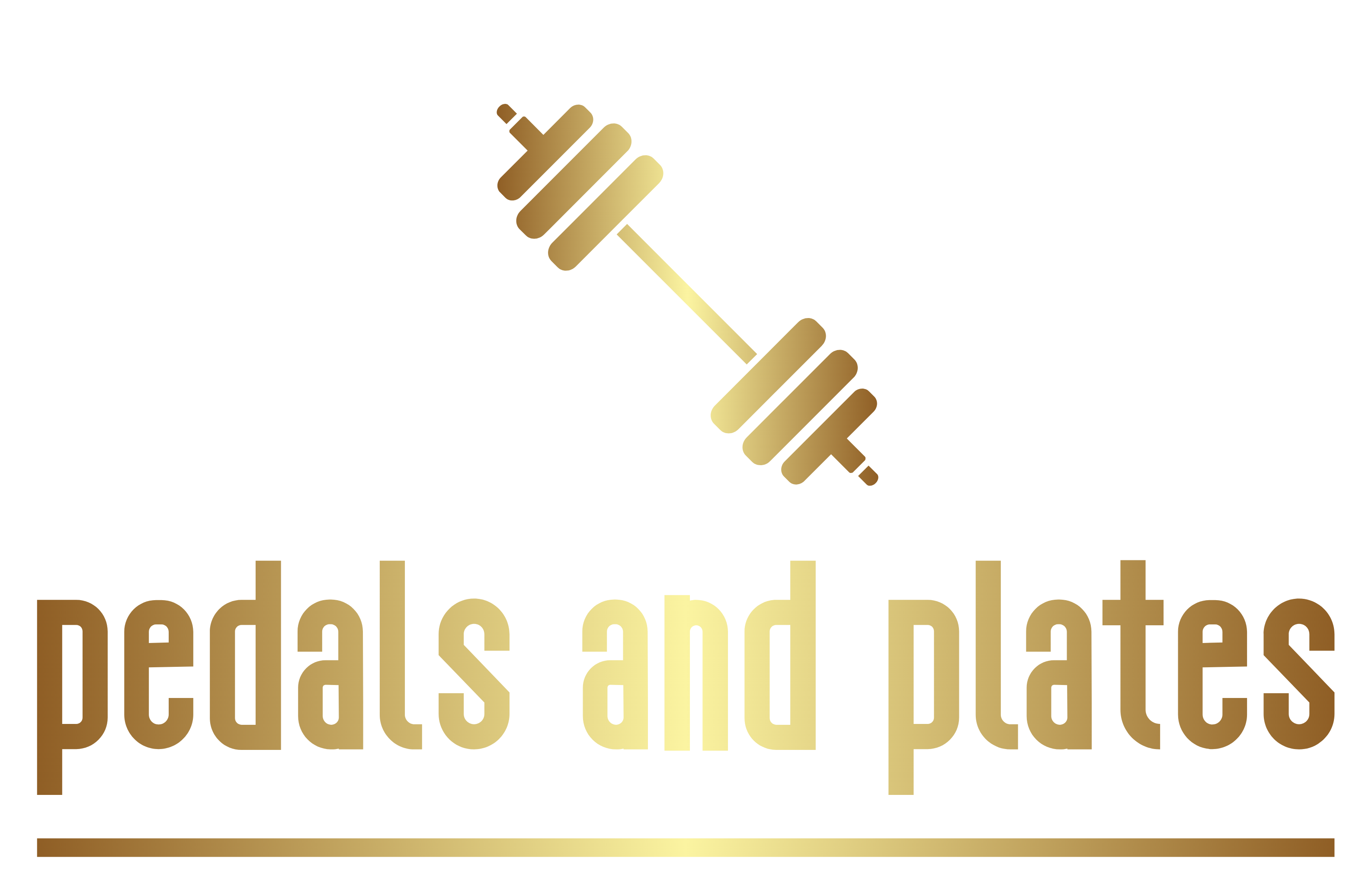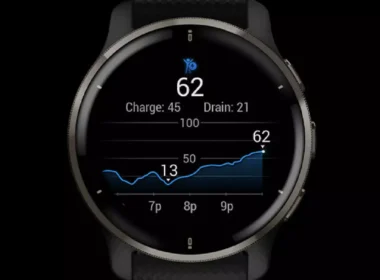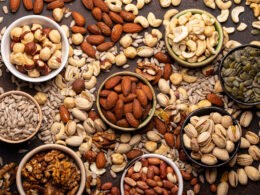Navigating the world of diets can be overwhelming, especially when bombarded with conflicting information from various sources. It’s no wonder that it’s hard to determine which diets are truly the most popular in the US.
You may find varying rankings from Forbes, Today, US News and World Report, and your local gym. However, we’ve researched to bring you a comprehensive guide on the best five diets in the US so that you can make informed decisions about your health and nutrition. In the end, we will list where other sites have ranked these.
- The Vegan Diet: Plant Power for a Healthier Lifestyle
- The Ketogenic Diet: Fats Take the Lead
- The Mediterranean Diet: Savoring the Flavors of the Mediterranean
- Intermittent Fasting: Timing is Everything
- Weight Watchers: A Points-Based Approach to Weight Loss
The Vegan Diet: Plant Power for a Healthier Lifestyle

The vegan diet is a plant-based diet that eliminates all animal products, including meat, dairy, eggs, and honey. Vegans choose this lifestyle for various reasons, including health, environmental, and ethical concerns.
A well-planned vegan diet can provide all the necessary nutrients for a healthy lifestyle and is associated with numerous health benefits, such as weight loss, improved heart health, and a reduced risk of chronic diseases [6].
- The diet eliminates animal products.
- It recommends a high intake of fruits, vegetables, whole grains, legumes, nuts, and seeds.
- Protein sources on this diet are plant-based and include tofu, tempeh, seitan, and legumes.Supplementation of essential nutrients, such as vitamin B12, vitamin D, and omega-3 fatty acids
Key Components of the Vegan Diet:
- Complete elimination of animal products from the diet
- High intake of fruits, vegetables, whole grains, legumes, nuts, and seeds
- Plant-based protein sources, such as tofu, tempeh, seitan, and legumes
- Supplementation of essential nutrients, such as vitamin B12, vitamin D, and omega-3 fatty acids
Pros and Cons of the Vegan Diet:
Pros:
- Environmentally sustainable
- Supports overall health and well-being
- Encourages consumption of nutrient-dense, whole foods
Cons:
- Requires careful planning to ensure proper nutrient intake
- May be challenging to maintain in social settings or when dining out
- Potential nutrient deficiencies if not properly balanced
The Ketogenic Diet: Fats Take the Lead
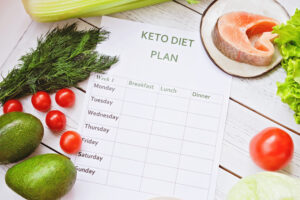
The ketogenic diet, often called the keto diet, is a high-fat, low-carbohydrate diet that pushes the body into a state of ketosis. This means that the body primarily burns fat instead of sugar for energy.
The goal of this diet is to consume minimal carbs while increasing the intake of healthy fats, making it an attractive option for those looking to lose weight and improve overall health [2].
Key Components of the Ketogenic Diet:
- High intake of healthy fats from sources such as avocados, nuts, and seeds
- Moderate consumption of lean proteins like fish and chicken
- Low-carb vegetables such as leafy greens, zucchini, and cauliflower
- Minimal intake of carbohydrates, specifically less than 5% of daily caloric intake [8]
Pros and Cons of the Ketogenic Diet:
Pros:
- Rapid weight loss
- Improved mental clarity
- Reduced appetite
Cons:
- Difficult to sustain long-term
- Possible nutrient deficiencies
- Potential side effects like the “keto flu”
The Mediterranean Diet: Savoring the Flavors of the Mediterranean

Ranked as one of U.S. News & World Report’s Best Diets of 2023, the Mediterranean diet is an eating plan that emphasizes whole foods, lean proteins, and healthy fats.
It is inspired by the traditional eating habits of the Mediterranean region and is associated with numerous health benefits, including weight loss and improved heart health [3].
Key Components of the Mediterranean Diet:
- A high intake of fruits, vegetables, whole grains, and legumes
- Moderate consumption of lean proteins like fish, poultry, and dairy
- Healthy fats from sources such as olive oil, nuts, and seeds
- Limited intake of red meat and sweets
Pros and Cons of the Mediterranean Diet:
Pros:
- Promotes heart health
- Supports weight loss and maintenance
- Encourages long-term adherence
Cons:
- It can be more expensive due to the emphasis on fresh ingredients
- It may be challenging for those who prefer a low-carb approach
Intermittent Fasting: Timing is Everything
 Intermittent fasting (IF) is an eating pattern that cycles between periods of fasting and eating. It is not a diet in the traditional sense.
Intermittent fasting (IF) is an eating pattern that cycles between periods of fasting and eating. It is not a diet in the traditional sense.
IF does not prescribe specific foods to eat or avoid. Instead, it focuses on when you eat to optimize metabolism, promotes weight loss, and improve overall health [5].
Key Components of Intermittent Fasting:
- Various fasting methods, such as the 16/8 method (fasting for 16 hours and eating during an 8-hour window), the 5:2 method (consuming 500-600 calories on two non-consecutive days and eating normally on the other five days), or alternate-day fasting
- Emphasis on nutrient-dense, whole foods during eating periods
- Adequate hydration and proper sleep to support the body during fasting periods
Pros and Cons of Intermittent Fasting:
Pros:
- Flexible eating patterns
- It may promote weight loss and improved metabolic health
- This can lead to increased energy levels and mental clarity
Cons:
- Not suitable for everyone, especially those with certain medical conditions
- This may lead to overeating or unhealthy food choices during eating periods.
- Requires discipline and commitment to adhere to fasting schedules
Weight Watchers: A Points-Based Approach to Weight Loss

Weight Watchers, now known as WW, is a popular weight loss program using SmartPoints to help members make healthier food choices and control portion sizes.
The program offers support through in-person meetings, online resources, and a mobile app. These make it an attractive option for those seeking a flexible and well-rounded approach to weight loss.
Key Components of Weight Watchers:
- A personalized SmartPoints budget based on individual goals and needs
- Tracking daily food intake using the SmartPoints system
- Encouragement of regular physical activity
- Access to support resources, such as meetings, online tools, and a mobile app
Pros and Cons of Weight Watchers:
Pros:
- Flexible and adaptable to individual needs and preferences
- Promotes sustainable weight loss and healthy habits
- Offers support and resources to help members stay on track
Cons:
- Requires ongoing tracking and monitoring of food intake
- Monthly membership fees can be costly for some individuals
- The points-based system may be complicated for some to understand and follow
BONUS The Renaissance Diet 2.0: A Scientific Approach to Nutrition
The Renaissance Diet 2.0 is a flexible, science-based nutrition approach emphasizing the importance of macronutrient balance and nutrient timing for optimal performance and body composition.
This diet is trendy among athletes and fitness enthusiasts, as it is designed to support both muscle growth and fat loss while promoting overall health.
Key Components of the Renaissance Diet 2.0:
- Individualized macronutrient targets based on body composition, activity level, and personal goals
- Emphasis on nutrient-dense, whole foods to support overall health and well-being
- Strategic timing of meals and snacks to optimize performance, recovery, and body composition
- Regular adjustments to macronutrient targets based on progress and individual needs
Pros and Cons of the Renaissance Diet 2.0:
Pros:
- Flexible and adaptable to individual needs and goals
- Based on scientific principles of nutrition and metabolism
- Supports optimal performance and body composition
Cons:
- It may require more planning and tracking of food intake
- It can be complex and time-consuming to implement initially
- Potentially less structured than other diets, which may be challenging for some individuals
Other Top Contenders
- Mediterranean Diet: Consistently ranked as the number one overall.
- DASH Diet (tie): Tied for second place, the DASH Diet (Dietary Approaches to Stop Hypertension) focuses on lowering blood pressure and maintaining overall heart health[1]. This diet encourages consuming whole grains, fruits, vegetables, lean protein, and low-fat dairy while limiting sodium and unhealthy fats.
- Flexitarian Diet (tie): Also ranked in the second spot, the Flexitarian Diet is a flexible approach to vegetarianism that allows for occasional meat consumption[1]. This diet encourages plant-based eating but recognizes that some people may still want to include animal products.
- Weight Watchers: Tying for fourth place.
- Keto Diet: While not as highly ranked as the other diets on this list, the Keto Diet remains popular in some areas, such as West Virginia[3].
Conclusion: Choosing the Right Diet for You
With a wide variety of diets available, choosing one that aligns with your personal health goals, lifestyle, and dietary preferences is essential. Remember, the most effective diet is one you can stick to long-term, leading to lasting, positive changes in your health and well-being.
Before starting, consultation with a healthcare professional is recommended, especially for those with medical conditions or taking medications.
